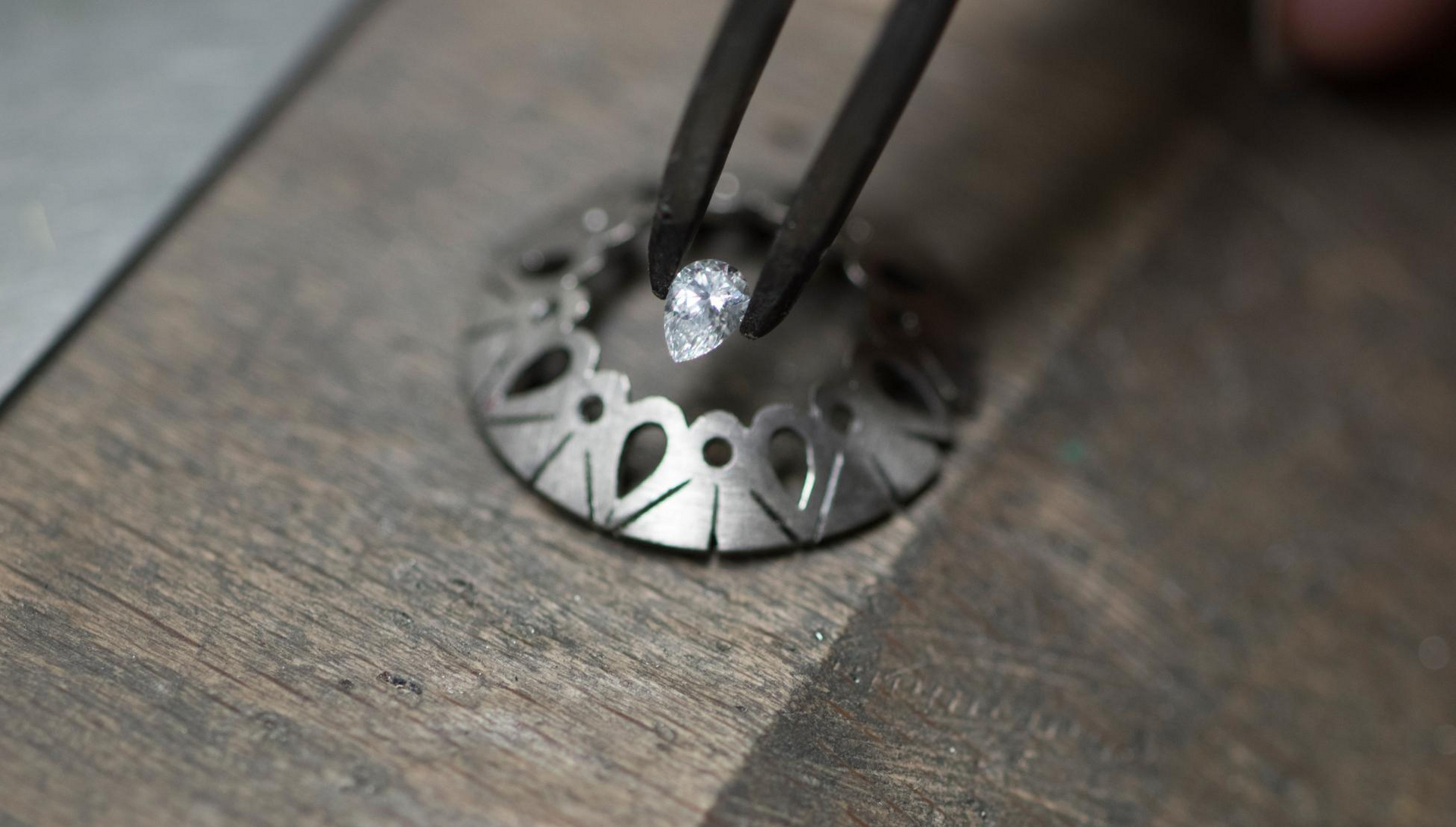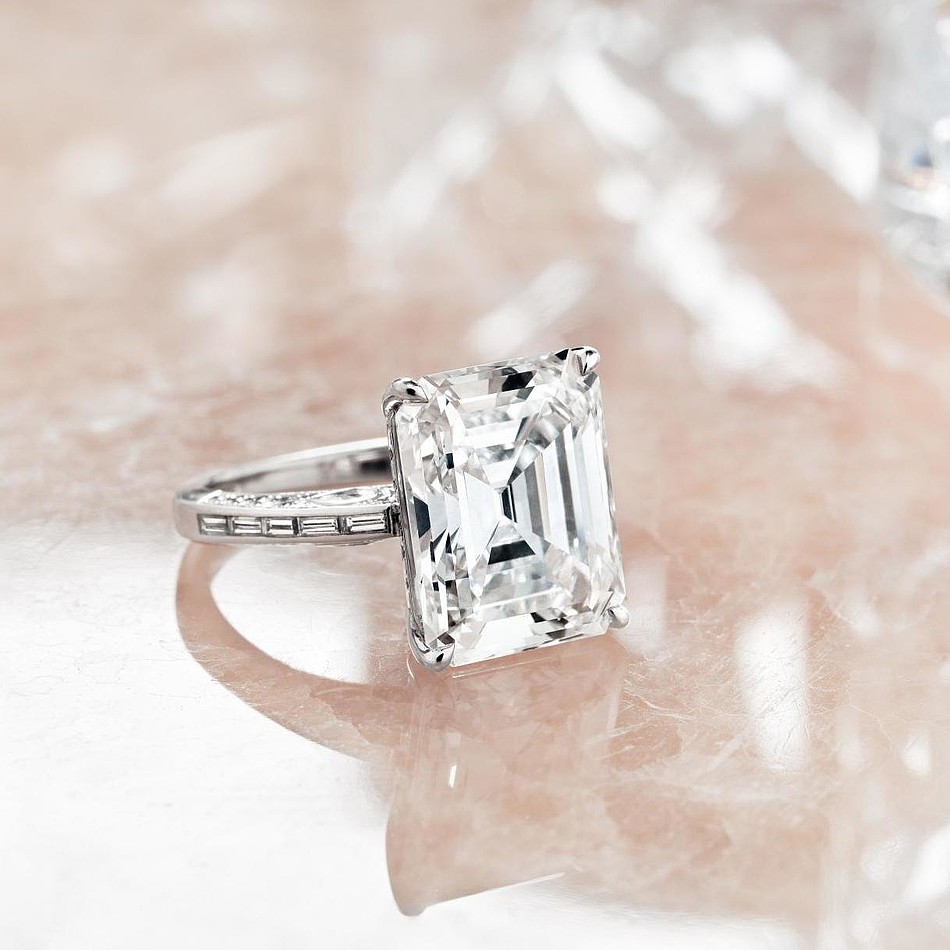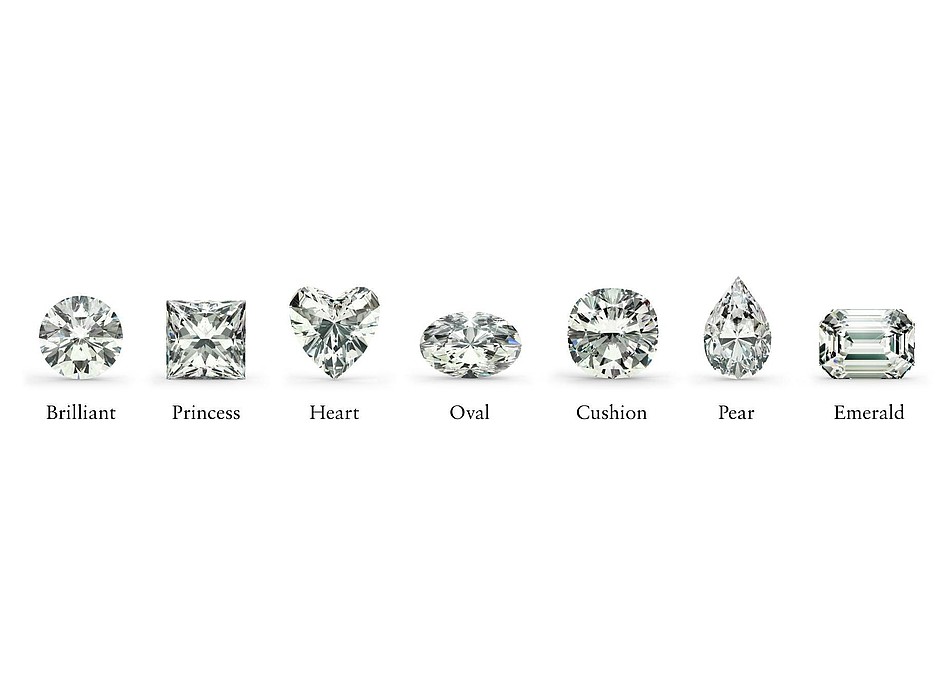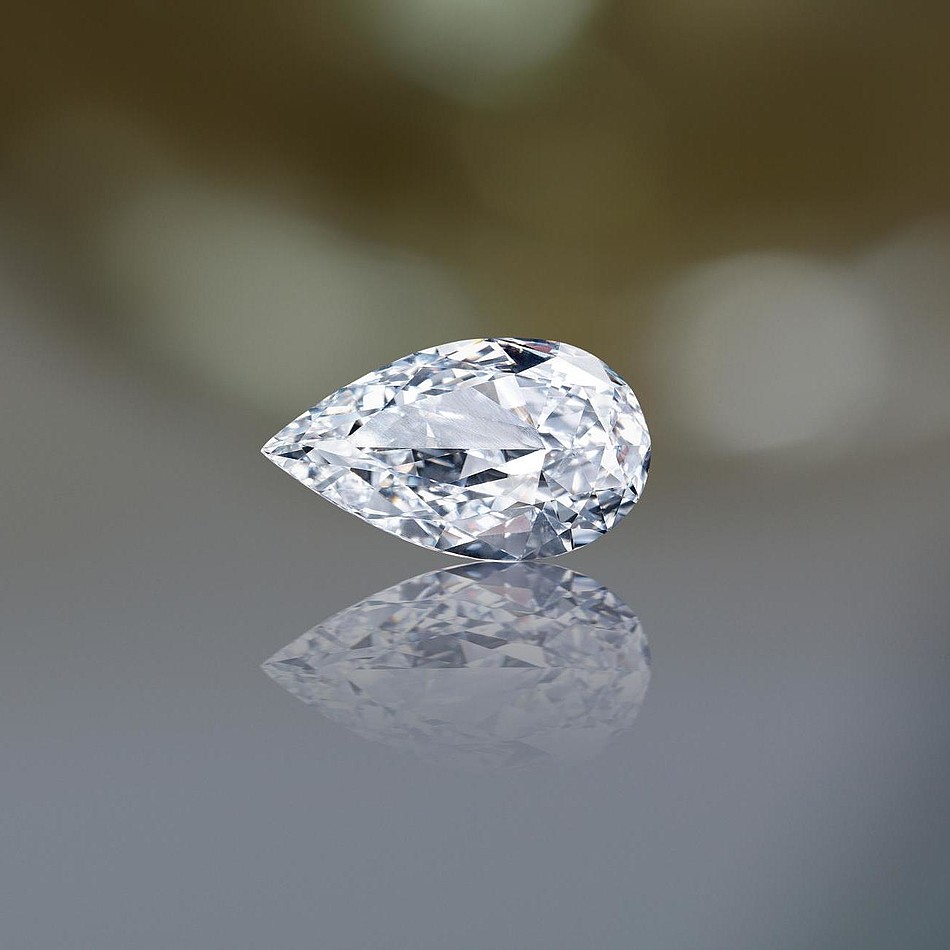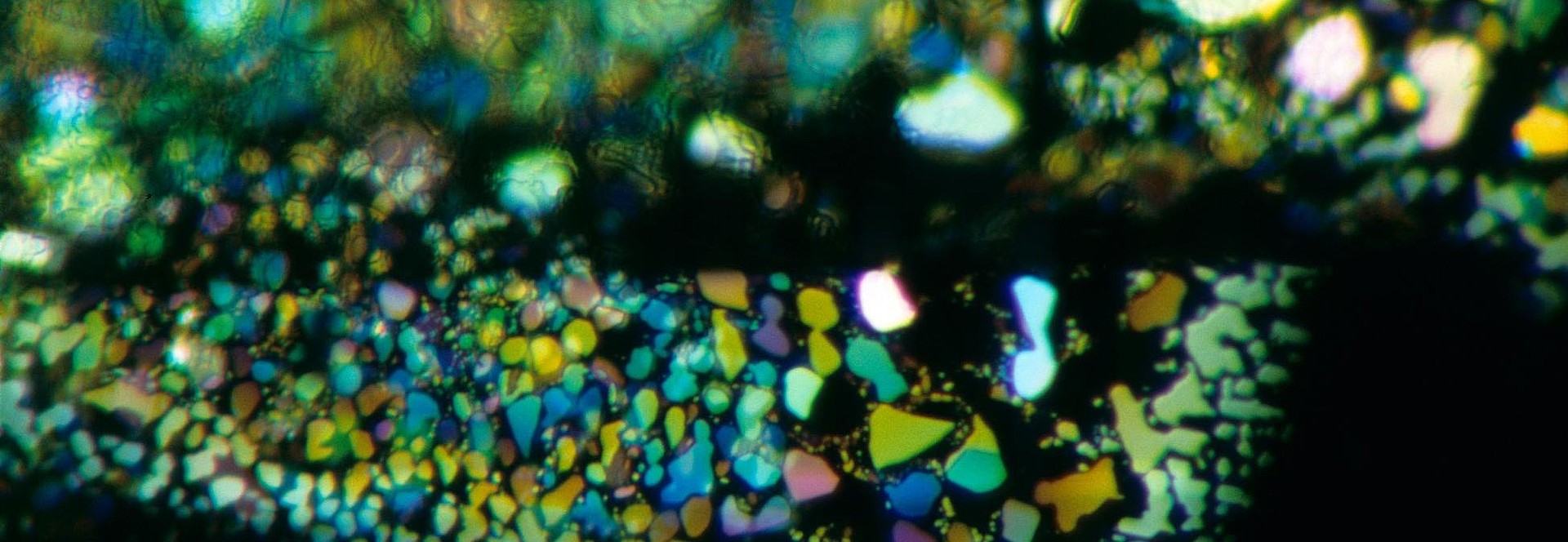Carat
The origins of the carat measurement can be traced back to the seed of the carob tree, which served as a weight unit on oriental bazaars. At the beginning of the last century, the Europeans agreed to the standard metric value. Usually abbreviated ct, 1.00 ct equals 0.2 grams and is presented with two decimal places. The value of a diamond increases with the carat size and rarity. It comes as no surprise then, that a one-carat diamond is generally more valuable than four quarter-carat diamonds of the same quality.
Cut
Only a combination of perfect proportions, symmetry and polish achieves maximum brilliance in gemstones. The cut of a diamond describes how it is faceted and is therefore of utmost importance. The round brilliant cut with at least 57 facets is considered ideal. But oval, as well as heart, cushion and pear shaped diamonds are also very popular. In accordance with the high Gübelin standards, only round brilliant-cut diamonds with an “excellent” cut grade, and an “excellent” or “very good” symmetry and polish are selected for our jewellery. All diamonds above 0.50 ct weight are accompanied by two reports, one from the Gübelin Gem Lab and one from the Gemmological Institute of America (GIA).
Colour
When it comes to colour, the discerning eye will distinguish minimal nuances which can greatly influence the value of the diamond. The less visible the colour, the more valuable the gem. Diamonds are graded on a scale from D to Z, D being the highest and colourless. Medium and strong fluorescence, which is visible when exposed to ultraviolet light, can negatively affect the value of the diamond. According to the high standards, Gübelin only considers using diamonds which are graded D-H and are given a fluorescence rating of “none” or in some cases “faint” or “weak”.
Clarity
The clarity of a diamond is graded under tenfold magnification and describes the relative absence of inclusions and blemishes. Gübelin experts adhere to particularly strict guidelines when purchasing diamonds. They are to reject gems that display chipping as well as ones with inclusions that extend to the surface in order to avoid any possible fracturing of the diamond. Even in the case of inclusions, the experts take care that they are in a location that makes them barely visible. In general, Gübelin rejects diamonds with black inclusions. The clarity grades which are accepted by Gübelin range from “flawless” (FL) to “slightly included 1” (SI1).
The special case of
Coloured Gemstones
Although the 4 C's also play a consequential role in the determination of the value of coloured gemstones, there is another important factor to consider: their origin. The value of gemstones like rubies, sapphires and emeralds varies significantly depending on the country the precious minerals originated from. Coloured gemstones from different regions of the earth can be distinguished by their inner worlds which, like fingerprints, can tell gemmologists about the circumstances of their birth.


